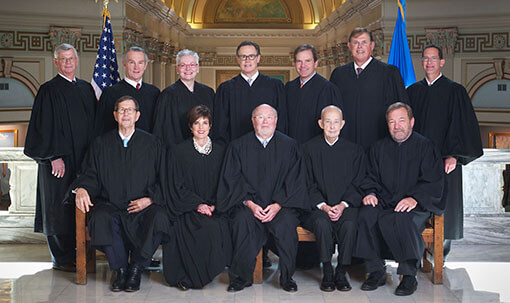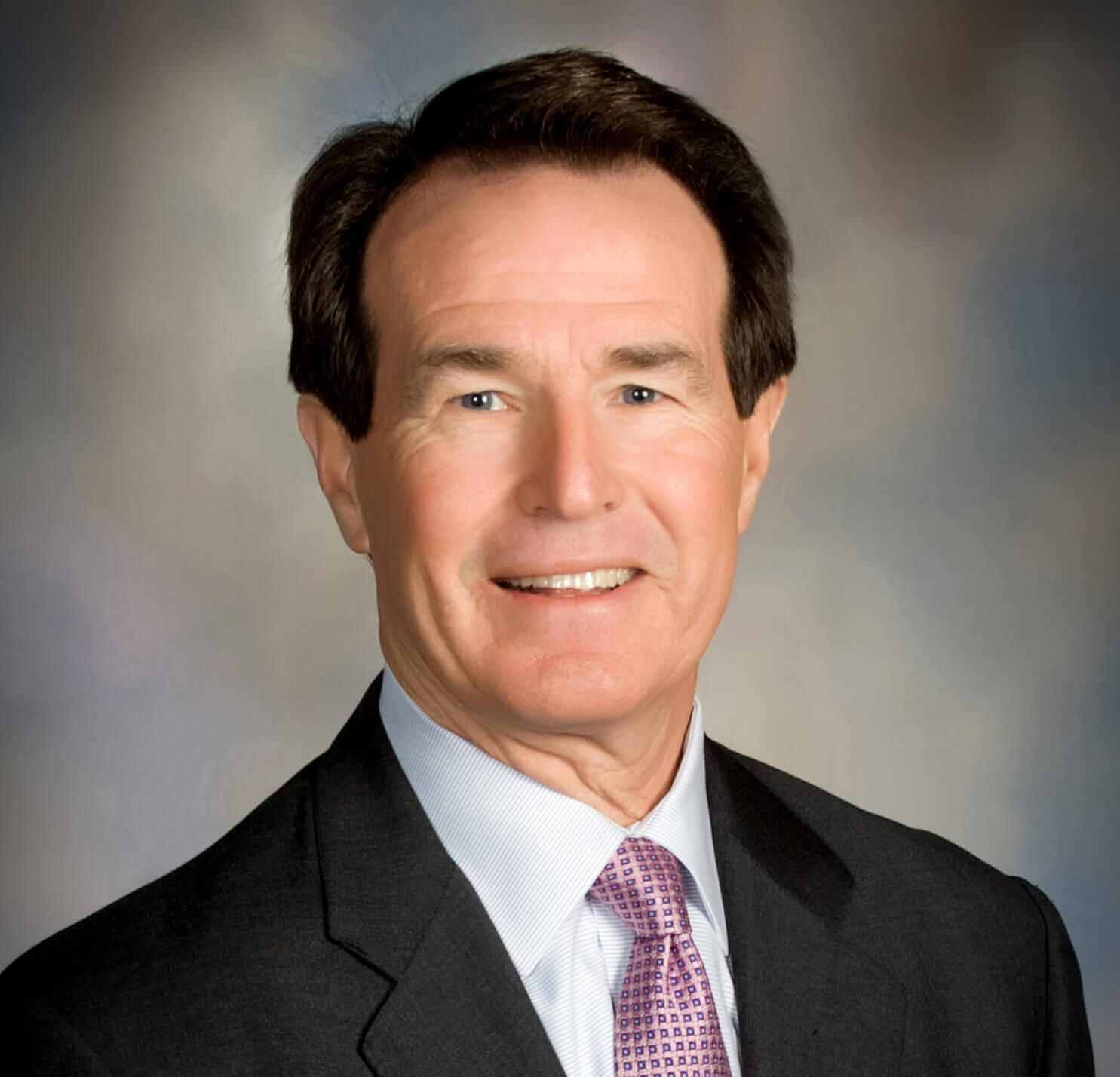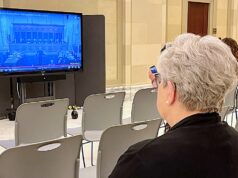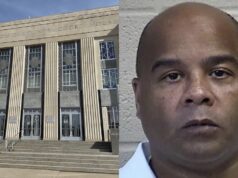For a state that prides itself on having We the People in charge, Oklahoma has one of the least democratic and least transparent methods of selecting its appellate judges.
Try explaining to the average Oklahoman that a state Supreme Court justice is chosen from one of three names put forth by an unaccountable body with no public record of how those names were decided upon. Then, consider how the unaccountable body — called the Judicial Nominating Commission — isn’t subject to Open Meeting laws, so the public has no input or knowledge of the criteria used in selecting these judicial candidates.
The current system was set up in response to a bribery scandal in the 1960s that resulted in some state Supreme Court justices going to federal prison, so it’s understandable that the people wanted to go with a process that didn’t involve campaign contributions. It is interesting that in response to the scandal, Oklahomans voted in favor of two reforms to judicial selection: State Question 447 was the JNC model first floated by the American Bar Association, and State Question 448 simply changed existing judicial elections to be non-partisan. SQ 448 even received more “yes” votes in the 1967 special election (90,167 compared to 86,183), but a quirk in SQ 447’s language — included by supporters of the JNC — made it prevail over the will of more Oklahomans.
While input from attorneys may be beneficial in examining the legal qualifications of candidates, selection of those attorneys as judges by a private, vested, special-interest group should be unacceptable to the public.

Current selection process needs ‘disinfectant’
It’s time for a change that opens the selection of judges to sunlight — “the best disinfectant,” according to U.S. Supreme Court Justice Louis Brandeis.
Oklahomans will be satisfied with the results if they trust the process is fair. When the commission tells us it only submitted two names instead of three for a judgeship in Pottawatomie County because they were the only qualified applicants, it draws attention to the flaws in the selection. How many were nominated? What were the qualifications? Who was in on the interviews? Was the commission unanimous in its decision?
When a president makes a Supreme Court nomination, the people aren’t privy to the interview process, but the fact that everyone gets to see the nominee grilled by duly elected U.S. Senators from both political parties helps the public feel confident that the process works. It’s not perfect — nothing is — but at least the people have a voice.
People have months to learn about candidates for elective office before they make their informed choices on Election Day. It doesn’t make sense that when it comes to the third, equally important branch of government that a vested, special-interest group is heavily involved in choosing the nominees behind closed doors. Moreover, the governor is forced to pick one of them without any input from the people or their elected representatives.
One could probably come up with a more closed and undemocratic method, but it would be pretty hard.
If supporters of Oklahoma’s Judicial Nominating Commission want to claim that electing these judges would bring politics into the judiciary, that’s fine. But the antidote isn’t keeping the selection process behind closed doors; it’s opening it up to the sunlight.























